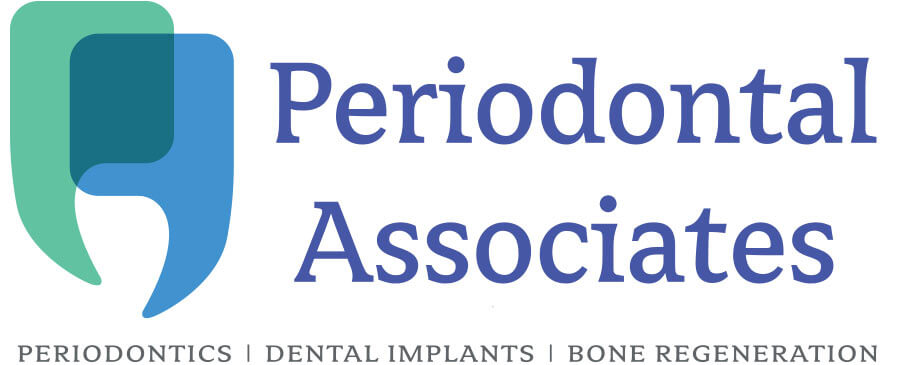
Do you know what’s lurking on your toothbrush?
Your toothbrush is loaded with germs, say researchers at England’s University of Manchester. They’ve found that one uncovered toothbrush can harbor more than 100 million bacteria, including E. coli bacteria, which can cause diarrhea, and staphylococci (“Staph”) bacteria that cause skin infections.
But don’t panic. Your mouth wasn’t exactly sterile to begin with.
Mouthful of Bacteria
“The bottom line is, there [are] hundreds of microorganisms in our mouths every day,” says Gayle McCombs, RDH, MS, associate professor and director of the Dental Hygiene Research Center at Old Dominion University.
That’s no big deal. Problems only start when there is an unhealthy balance of bacteria in the mouth. McCombs says.
“It’s important to remember that plaque — the stuff you’re removing from your teeth — is bacteria,” says dentist Kimberly Harms, DDS, consumer advisor for the American Dental Association. “So you’re putting bacteria on your toothbrush every time you brush your teeth.”
Could Your Toothbrush Be Making You Sick?
Probably not. Regardless of how many bacteria live in your mouth, or have gotten in there via your toothbrush, your body’s natural defenses make it highly unlikely that you’re going to catch an infection simply from brushing your teeth.
“Fortunately, the human body is usually able to defend itself from bacteria,” Harms says. “So we aren’t aware of any real evidence that sitting the toothbrush in your bathroom in the toothbrush holder is causing any real damage or harm. We don’t know that the bacteria on there are translating into infections.”
Still, you should exercise some common sense about storing your toothbrush, including how close it is to the toilet.
Don’t Brush Where You Flush
Most bathrooms are small. And in many homes, the toilet is pretty close to the bathroom sink where you keep your toothbrush.
Every toilet flush sends a spray of bacteria into the air. And you don’t want the toilet spray anywhere near your open toothbrush.
“You don’t store your plates and glasses by the toilet, so why would you want to place your toothbrush there?” McCombs says. “It’s just common sense to store your toothbrush as far away from the toilet as possible.”
You also wouldn’t eat after going to the bathroom without first washing your hands. The same advice applies before brushing your teeth, McCombs says.
Toothbrush Storage Tips
Once you’ve moved your toothbrush away from the toilet, here are a few other storage tips to keep your brush as germ-free as possible:
- Keep it rinsed. Wash off your toothbrush thoroughly with tap water every time you use it.
- Keep it dry. “Bacteria love a moist environment,” Harms says. Make sure your brush has a chance to dry thoroughly between brushings. Avoid using toothbrush covers, which can create a moist enclosed breeding ground for bacteria.
- Keep it upright. Store your toothbrush upright in a holder, rather than lying it down.
- Keep it to yourself. No matter how close you are to your sister, brother, spouse, or roommate, don’t ever use their toothbrush. Don’t even store your toothbrush side-by-side in the same cup with other people’s brushes. Whenever toothbrushes touch, they can swap germs.
Do Toothbrush Sanitizers Really Work?
Various products pledge to sanitize your toothbrush. Some say they kill bacteria with heat or ultraviolet light, germ-killing sprays, or rinses. Others have built-in antibacterial bristles.
There’s evidence that at least some of these products do effectively kill germs. But there’s no real proof that using any toothbrush sanitizer will reduce your risk of getting sick.
If you choose to use one of these products, make sure that it has been reviewed by the FDA, which checks the validity of consumer health product marketing claims.
Remember that even the best products won’t kill all the germs on your toothbrush. At best, they’ll kill 99.9% of the germs.
That means if you have one million bacteria on your toothbrush to start, you’ll still have about 1,000 remaining when you’re finished sanitizing, Harms says.
Some websites recommend putting your toothbrush into the microwave oven or dishwasher to sanitize it. Although these methods will kill some of the bacteria, they will probably damage your toothbrush in the process. It’s better to just buy disposable brushes and throw them out.
When to Toss Your Toothbrush
The best way to limit the bacteria on your toothbrush is to replace it on a regular basis.
The American Dental Association recommends throwing out your toothbrush every three to four months. If the bristles become frayed, you’re sick, or you have a weak immune system, throw it out even more often. If you use an electric toothbrush, throw out the head as often as you’d discard a disposable toothbrush.
Every time you’re tempted to skip brushing and flossing your teeth, remember how many bacteria lurk in your mouth – and what they can do.
“It’s bacteria that cause gum disease, and decay, and bad breath,” Harms says. “Make sure you’re brushing and flossing as often as possible to eliminate some of those bacteria.” Rinsing your mouth with an antibacterial mouthwash before you brush can also help eliminate bacteria before they can get onto your brush.
Article by Stephanie Watson
Source: KTVQ.com
